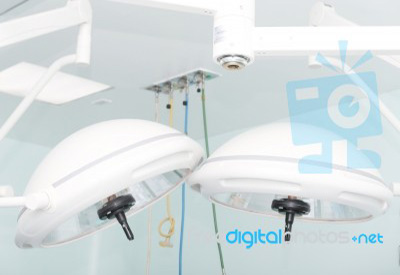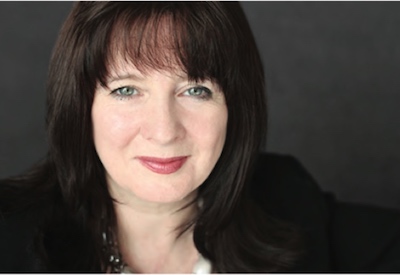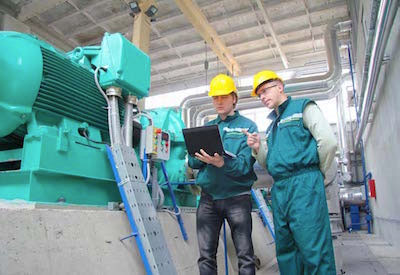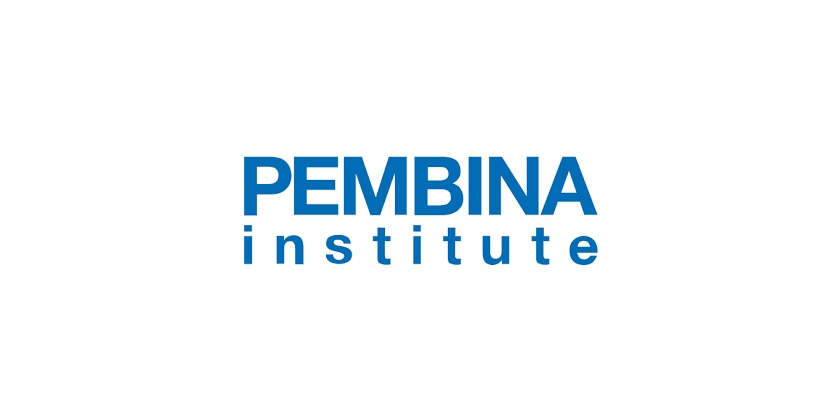Guide to the Canadian Electrical Code, Part 1 — Instalment 14

June 8, 2016
In this article: CE Code Section 24 — Health care areas. The code is a comprehensive document. Sometimes it can seem quite daunting to quickly find the information you need. This series of articles provides a guide to help users find their way through this critical document. This is not intended to replace the notes in Appendix B or the explanations of individual requirements contained in the CEC Handbook, but will hopefully provide some help in navigating the code.
General
Rule 24-000 Scope, outlines that this section amends or supplements the general requirements of the code. It has been compiled by the Technical Committee on Applications of Electricity in Health Care along with the Committee on the Canadian Electrical Code, Part I, and provides specific rules for patient care areas and essential electrical systems in health care facilities. This section does not amend or supplement the provisions of Section 60 – Electrical communications systems, except for bonding as per rule 24-104(7) or equipment in shower stalls and bathtub enclosures as per rule 24-108.
Rule 24-002 Special terminology provides definitions for terms used in this section, which is additional or supplementary to the definitions in Section 0.
Section 24 is divided into three main parts: Patient care areas, Isolated systems, and Essential electrical systems.
Patient care areas
According to 24-002, patient care areas are areas intended primarily for the provision of diagnosis, therapy, or care. Also, note that patient care areas include not only hospitals but also patient care areas of other health care facilities and medical clinics where basic, intermediate or critical care is carried out. Appendix B contains important additional notes for this section.
Rule 24-100 describes that the rules of this part apply to patient care areas designated as basic, intermediate, or critical care as designated by the administration of the health care facility in accordance with CSA Z32-15 Electrical safety and essential electrical systems in health care facilities and CSA Z8000-11 Canadian health care facilities.
Rule 24-102 contains the rules for the characteristics of circuits in basic care areas. Communication or nurse call equipment must follow the rules of Section 16 for a Class 1 circuit.
Rule 24-104 deals with bonding to ground in basic care areas. Note also that exposed non-current-carrying metal parts of communication, radio, television and non-electrical equipment must be bonded to ground with a copper conductor sized as per Table 16A or 16B and connected to an equipment bonding conductor or bonding busbar.
Rule 24-106 outlines the requirements for installing receptacles in basic care areas. Where receptacles are intended for patient care they need to be located to prevent unintended use. Receptacles located where cleaning takes place need to be located 300mm above the floor. Receptacles installed in washrooms must be within 1.5m of a sink, outside of bathtub or shower stall and protected by a class A GFCI. Housekeeping receptacles need to be identified. All non-locking receptacles except those in bathrooms or washrooms must be hospital grade. Receptacles supplied from the essential electrical system must be exclusively coloured red. Isolated ground type receptacles cannot be used in this area.
Rule 24-108 permits emergency signaling and similar equipment manufactured to CAN/CSA-C22.2 No.60601 series of standards to be installed at normal heights in bathtub enclosures and shower stalls.
Rule 24-110 deals with the characteristics of branch circuits in intermediate and critical care areas. These circuits may be either a grounded system as in 24-102 or an isolated ground system as per rule 24-200. Branch circuits supplying loads within patient care environments must be 2-wire circuits except for multiphase equipment.
Rule 24-112 requires that bonding to ground in intermediate and critical care areas conform to rule 24-104, whether supplied from grounded distribution system or an isolated wiring system.
Rule 24-114 specifies that receptacles in intermediate and critical care areas must meet the requirements of rule 24-106 and be identified if supplied from an isolated system.
Rule 24-116 requires that receptacles in areas subject to standing or drenching fluids be protected with a class A GFCI or be supplied by an isolated system.
Isolated systems
According to 24-002, an isolated system is an electrical distribution system in which no circuit conductor is connected directly to ground.
Rule 24-200 outlines that rules 24-202 to 24-208 apply to isolated systems for circuits in intermediate and critical care patient care areas. Branch circuits supplying only fixed luminaires and permanently connected equipment may be supplied by a conventional grounded system as long as circuits are in separate raceways.
Rule 24-202 specifies the means of supply of isolated systems by the secondary of an isolating transformer, a motor-generator set, or an isolated battery powered inverter. Where multiple isolated power systems serve one patient care area, they must be bonded together.
Rule 24-204 outlines the required characteristics for single-phase isolated circuits.
Rule 24-206 provides that an individually isolated single phase system supplying only a single load may optionally use a line isolation monitor and that overcurrent devices need not be installed.
Rule 24-208 specifies the requirements for three-phase isolated systems.
Essential electrical systems
According to 24-002, an essential electrical system is a system that has the capability of restoring and sustaining a supply of electrical energy to specified loads in the event of a loss of the normal supply of energy.
Rule 24-300 sets out that rules 24-302 to 24-306 apply to portions of a health care facility in which the interruption of the normal power supply would jeopardize the safe and effective care of patients.
Rule 24-302 outlines that the health care administration designates which supply load circuits are essential electrical circuits and that the wiring of the essential electrical system must be kept separate from other wiring and equipment.
Rule 24-304 provides for the selection, installation and operation of transfer switches for essential electrical systems.
Rule 24-306 describes the requirements for an emergency supply
In the next instalment, we will discuss Section 26 — Installation of electrical equipment
* The source for this series of articles is the Canadian Electrical Code, Part I, published by CSA.
Photo Credit: David Castillo Dominici and FreeDigitalPhotos.net
Read the rest of the instalments in the series:
Part 1: Guide to the CE Code, Part I – A Roadmap (Installment 1 in a Series)
Part 2: A Road Map to the CE Code, Part I – Installment 2
Part 3: Guide to the Canadian Electrical Code, Part I – Installment 3
Part 4: A Road Map to the CE Code, Part 1 – Installment 4
Part 5: Guide to the Canadian Electrical Code, Part I — Installment 5
Part 6: Guide to the Canadian Electrical Code, Part I — Installment 6
Part 7: Guide to the Canadian Electrical Code, Part I — Installment 7
Part 8: Guide to the Canadian Electrical Code, Part I — Installment 8
Part 9: Guide to the Canadian Electrical Code, Part I — Installment 9
Part 10: Guide to the Canadian Electrical Code, Part 1 – Installment 10
Part 11: Guide to the Canadian Electrical Code, Part 1 – Installment 11
Part 12: Guide to the Canadian Electrical Code, Part 1 — Instalment 12
Part 13: Guide to the Canadian Electrical Code, Part 1 — Instalment 13
Part 14: Guide to the Canadian Electrical Code, Part 1 — Instalment 14
Part 15: Guide to the Canadian Electrical Code, Part I — Instalment 15
William (Bill) Burr is the former Chair of the Canadian Advisory Council on Electrical Safety (CACES), former Director of Electrical and Elevator Safety for the Province of BC, and former Director of Electrical and Gas Standards Development and former Director of Conformity Assessment at CSA Group. Bill can be reached at Burr and Associates Consulting billburr@gmail.com.
















